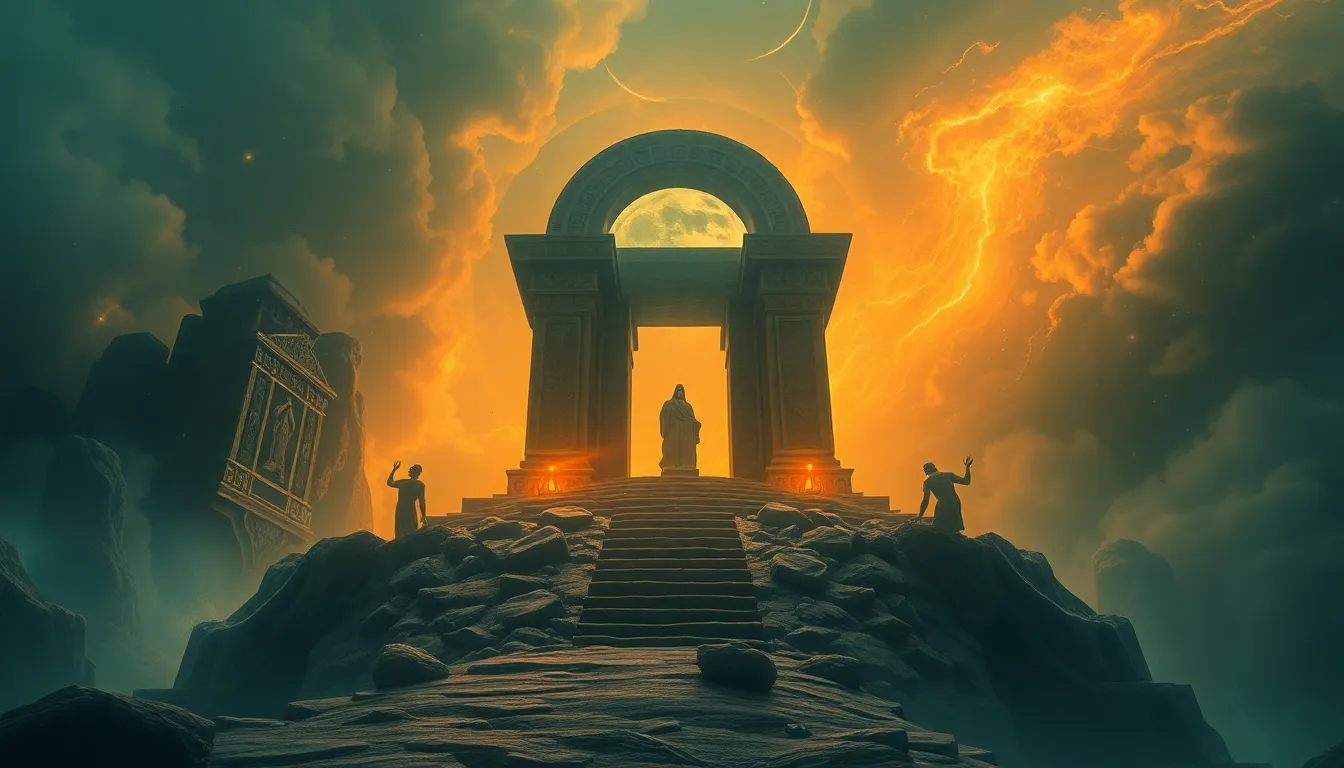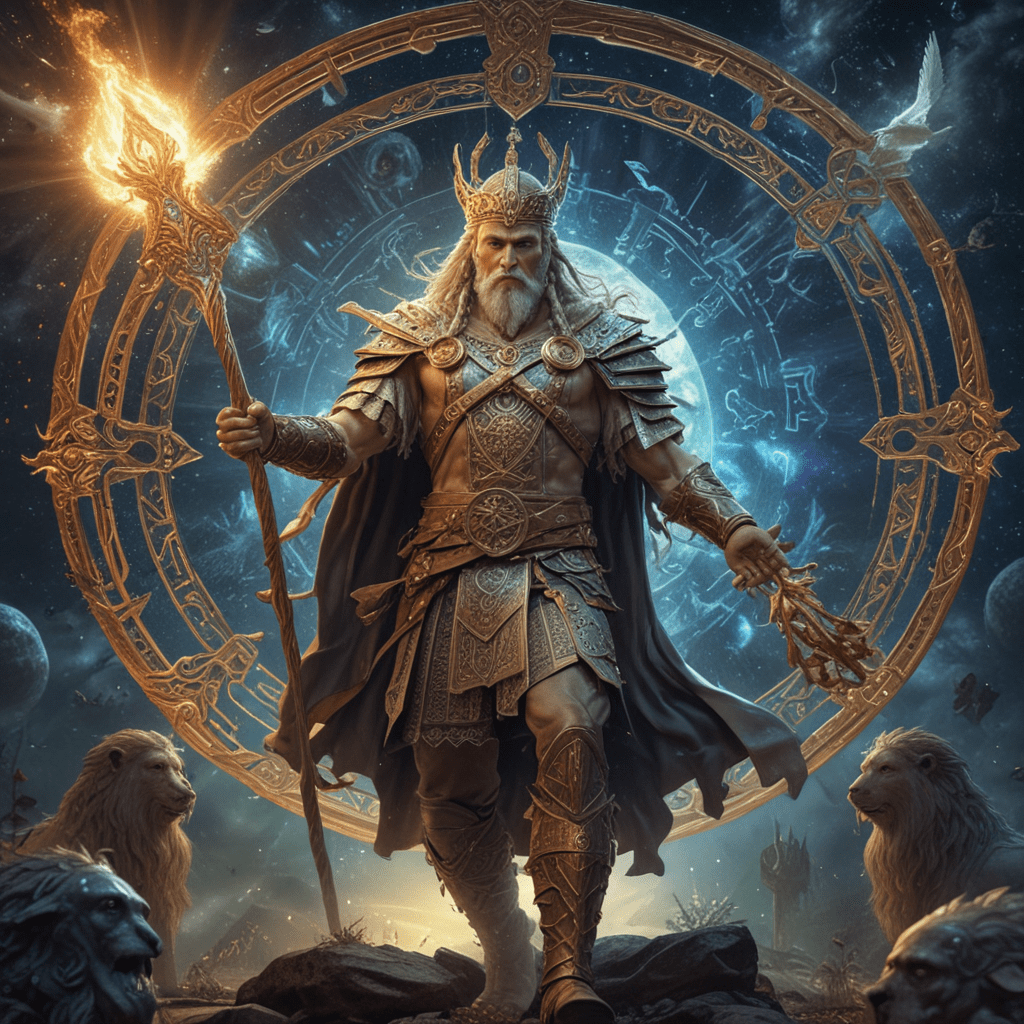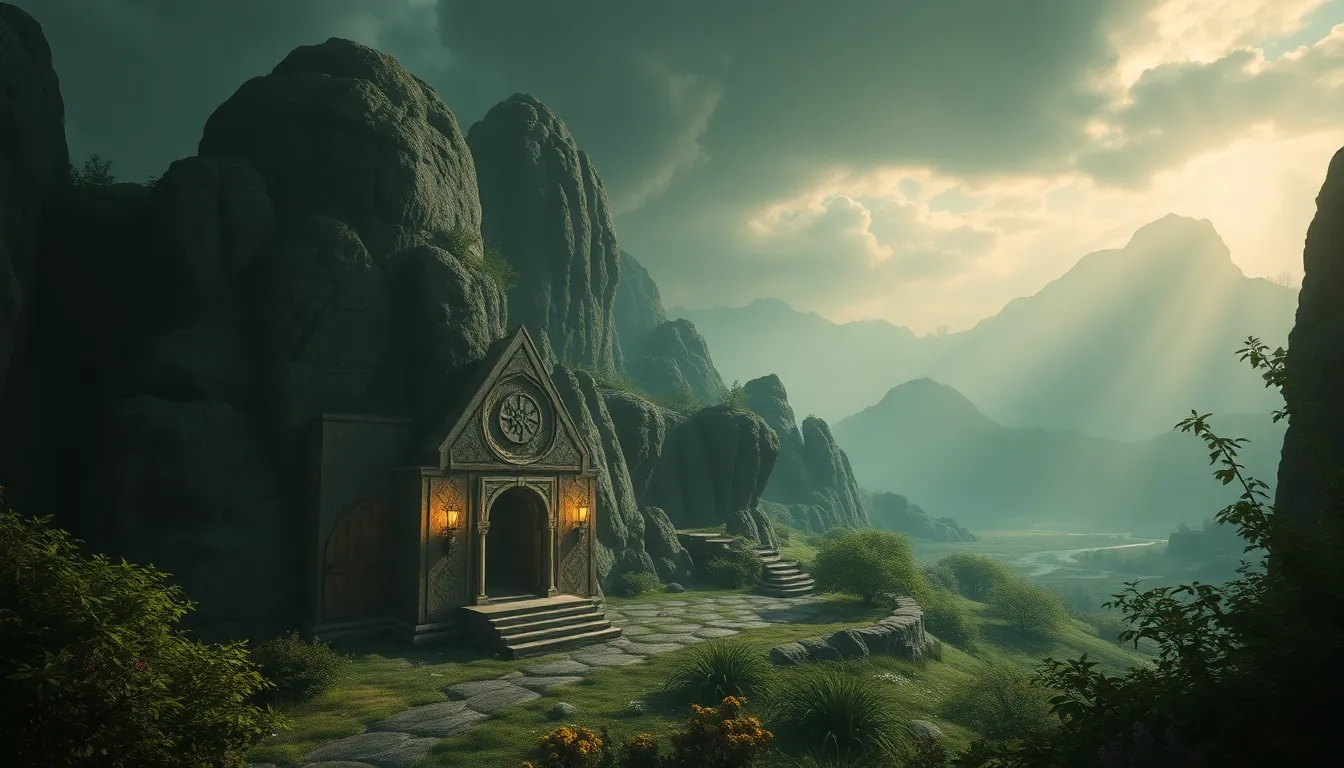The Sacred Journey: Following the Myths to Their Origins
Introduction to Sacred Journeys
Sacred journeys are profound explorations that extend beyond mere physical travel; they encompass spiritual, cultural, and historical dimensions. These journeys are often inspired by myths—narratives that hold deep significance within various cultures. Myths serve not only as stories but also as frameworks that shape the identities and worldviews of individuals and communities. This article aims to delve into the essence of sacred journeys, the role of myths, and how these narratives have influenced human behavior throughout history.
Understanding Myths: Definitions and Functions
At their core, myths are traditional stories that explain the unexplainable. They often involve supernatural beings or events and serve to convey moral lessons, cultural values, and collective beliefs. Myths perform several key functions:
- Shaping Cultural Identity: Myths bind communities together, providing a shared history and common values.
- Guiding Beliefs: They offer frameworks for understanding life, death, and the cosmos.
- Influencing Behavior: Myths often include moral lessons that guide ethical behavior.
Thus, myths become narratives that not only entertain but also guide human existence, creating a map for understanding the complexities of life.
The Historical Context of Myth Creation
The origins of myths can be traced back to ancient civilizations, where they were often communicated through oral traditions. These stories evolved over time, influenced by the cultural contexts in which they were told. Some examples of early myths include:
- Mesopotamian Myths: Tales of creation and the epic of Gilgamesh.
- Egyptian Myths: Stories of gods like Osiris and Isis that explain the cycles of life and death.
- Indigenous Myths: Narratives that reflect the relationship between nature and humanity.
The impact of oral traditions on myth development is significant, as these stories were passed down through generations, adapting and changing to reflect new cultural dynamics.
The Archetypal Journey: Joseph Campbell’s Monomyth
Joseph Campbell’s concept of the Hero’s Journey, or monomyth, outlines a universal narrative structure found in myths across cultures. The key stages of the monomyth include:
- The Call to Adventure: The hero is beckoned to leave their ordinary world.
- The Road of Trials: The hero faces challenges and encounters allies.
- The Return: The hero returns transformed, sharing wisdom with the community.
This framework illustrates how various myths share common elements, revealing the underlying human experiences that connect us all. From the tales of Hercules in Greek mythology to the journeys of Native American trickster figures, the Hero’s Journey serves as a lens through which we can interpret diverse narratives.
Regional Myths and Their Unique Journeys
Myths vary greatly across regions, each reflecting unique cultural elements and lessons. For instance:
- Greek Myths: Focus on human flaws and the capriciousness of the gods.
- Norse Myths: Emphasize themes of fate, heroism, and the inevitability of death.
- Native American Myths: Often illustrate the interconnectedness of all living things and respect for nature.
Despite their differences, common themes such as the struggle between good and evil, the importance of community, and the quest for knowledge resonate across these diverse mythologies.
The Role of Nature and Landscape in Myths
Geographical features and landscapes play a significant role in shaping mythological narratives. Sacred sites often become central to these stories, providing a physical manifestation of the myths themselves. Examples include:
- Mount Olympus: The home of the Greek gods, symbolizing divine authority.
- The Amazon Rainforest: A setting for numerous Indigenous myths that reflect a deep connection to nature.
- The Nile River: Central to Egyptian mythology, representing life, death, and rebirth.
These mythological landscapes are imbued with cultural meanings, influencing how communities perceive their surroundings and their place within them.
Modern Interpretations of Ancient Myths
In contemporary society, ancient myths continue to inspire literature, film, and other forms of media. Modern adaptations often reinterpret these stories for new audiences, making them relevant to today’s cultural landscape. Examples include:
- Movies: Films like “The Matrix” and “Wonder Woman” draw heavily on mythological themes.
- Novels: Many contemporary writers weave mythological elements into their narratives, such as Neil Gaiman in “American Gods.”
This reimagining of myths highlights their enduring relevance, as they continue to resonate with personal journeys and societal challenges.
The Psychological Perspective: Myths as Collective Dreams
Carl Jung’s theories on archetypes and the collective unconscious suggest that myths serve as collective dreams, reflecting shared human experiences. Myths are significant in:
- Identity Formation: They help individuals understand their place in the world.
- Personal Reflection: Myths often resonate on a personal level, providing insights into individual struggles.
This psychological lens reveals how myths encapsulate universal themes and emotions that connect us across time and space.
Pilgrimages and Sacred Spaces: Physical Journeys Inspired by Myths
Pilgrimages, such as the Camino de Santiago and Kumbh Mela, illustrate how myths inspire physical journeys. These traditions are steeped in spiritual significance, as pilgrims seek to connect with the divine and their cultural heritage. Personal stories from modern pilgrims often highlight:
- Transformation: Many report profound personal changes as a result of their journeys.
- Community: Pilgrimages foster connections among individuals from diverse backgrounds.
These journeys, inspired by mythological narratives, reflect a deep yearning for meaning and connection in the modern world.
Conclusion: The Enduring Legacy of Myths in Sacred Journeys
Myths have shaped humanity’s understanding of existence for millennia, influencing sacred journeys that continue to resonate in contemporary society. They offer insight into cultural identities, ethical beliefs, and psychological truths. As we explore these narratives, we not only uncover the origins of our myths but also embrace their enduring legacy in our sacred journeys.



